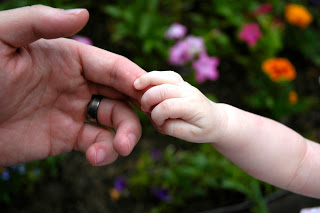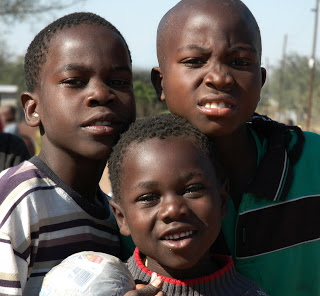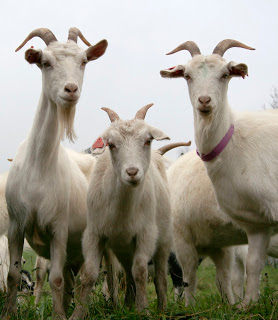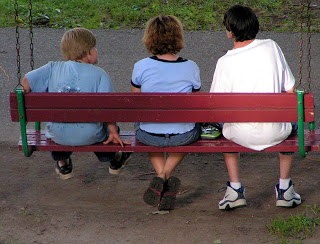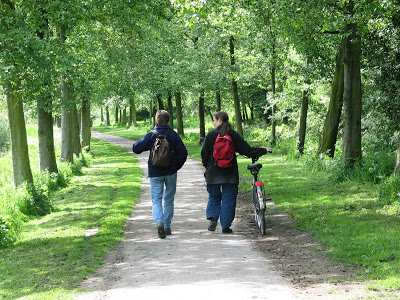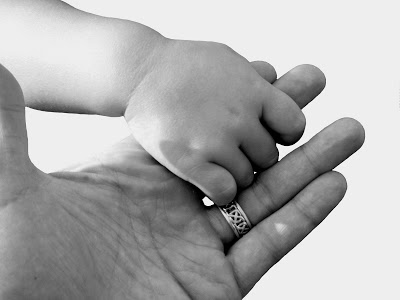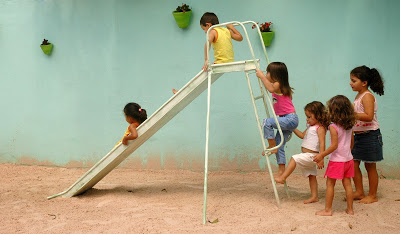
“I come into the peace of wild things who do not tax their lives with forethought of grief. For a time I rest in the grace of the world, and am free.” Wendell Berry, The Peace of Wild Things
“He who fears to suffer, suffers from fear.” French proverb
“There are more things that frighten us than injure us… and we suffer more in imagination than in reality.” Seneca
Anyone who has adopted a child in another country knows that obtaining a visa means getting a blood test and any missed vaccinations for the child. My daughter was eight when I adopted her; I went with her to the American embassy in Addis Ababa for a blood test, and the episode turned out to be the first of many frantic and nearly-hysterical encounters with needles. Without going into detail I will just say she had to be restrained. Upon returning to the States, I had to take her for more shots to bring her up to date. I always struggled to decide if it was better to warn her that there was a needle waiting for her at the doctor’s office, or let it come as a nasty surprise. I wanted her to trust that I would be honest with her, that I wouldn’t trick her, and yet the anticipation of the shot produced such distress that it seemed cruel to prolong it by an advance warning.
At twelve, she is calmer and less prone to tears at the doctor’s office. “But it does hurt,” she reminds me grimly.
“Not as much as getting hit by a truck,” I reply.
The answer to this is a glare.
“Well it doesn’t hurt as much as getting hit by a truck,” I say. “And I should know.”
The fact is I was actually hit by a truck a few years ago. A careless young man drove through a stop sign and hit me as I was crossing the street to go to the public library. Fortunately (if you can call anything about this adventure fortunate) I didn’t see him coming. I heard a sound, and had time to think That sounds like a person being hit by a car, and the next thing I knew, paramedics were strapping me onto a backboard and an ambulance was wailing its way toward the library.
The pain that was the main feature of this story didn’t start until this moment, and of course there was plenty of it. But what I’ve tried to share with the Lovely K. is that because I wasn’t expecting it, there was no fear involved. There was no anticipation of the pain to come.
I try to make this clear whenever we take one of our pets to the vet for a check-up. “Will it hurt her?” K. asks nervously, knowing a shot is due.
“She doesn’t know it’s going to happen,” I point out. “So she’s not fretting.”
Our vet is always up-beat about it. “It’s not much more than a mosquito bite,” she’ll say, grabbing a pinch of skin on the cat’s or dog’s neck. The animal looks around in surprise, and then it’s already in the past.
This is why I try to schedule vet visits for when my daughter can go with me. If she can really wrap her mind around the difference between pain and anticipating pain, she’ll be a lot more free. She’ll recognize that most of what we experience as pain is actually the fear of pain, our uncertainty about how bad it will be and how long it will last. But pain cannot be experienced when it’s over. We can remember that it hurt, but we cannot feel the pain again in our memory. I can close my eyes and picture this morning’s sunrise, or hear in my memory the sound of K.’s voice wishing me a good day as she left for school; but I cannot feel again the headache I had last night – and mercifully, I cannot feel again the pain of a broken elbow, cracked eye socket, and deep lacerations that were the result of my car accident. Yet my thoughts about that pain make me wince even now.
Those thoughts take me out of this moment and into the past, and our children’s thoughts about future pain take them out of now and into moments yet to come. To be free, we must be like the wild things of the Wendell Berry quote, and give no forethought to grief. After all, much of the time the dragon we fear turns out to be less than a mosquito.

